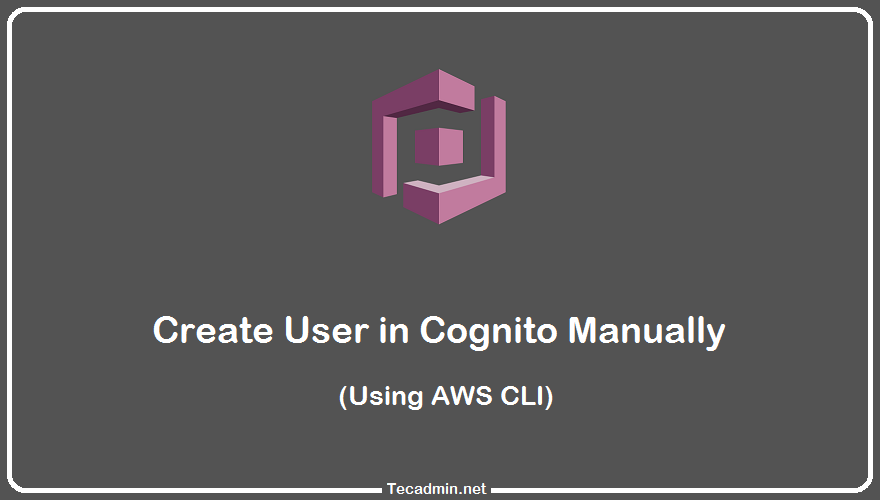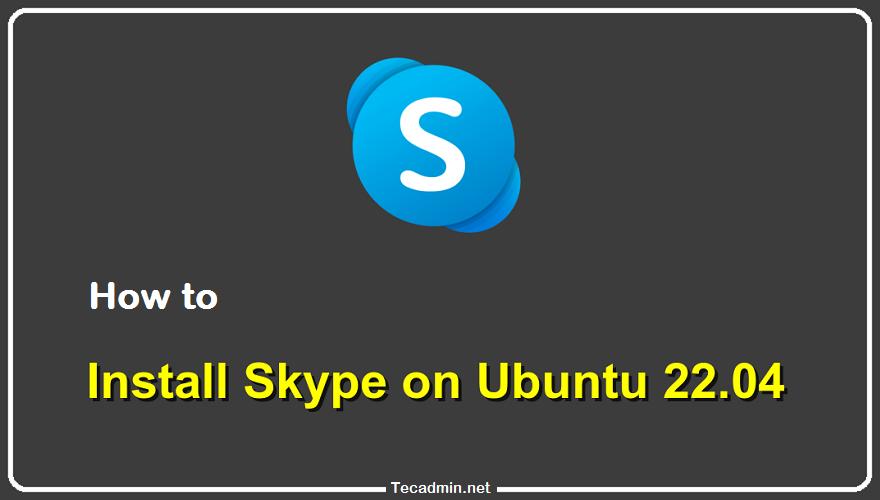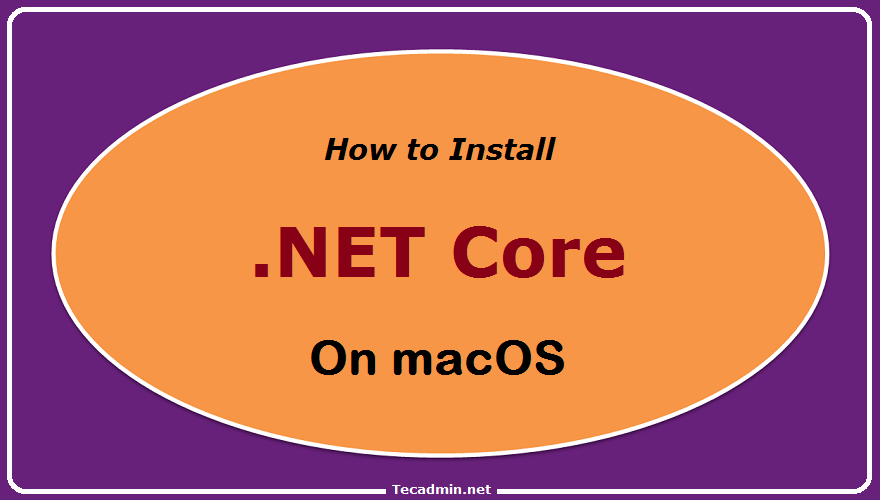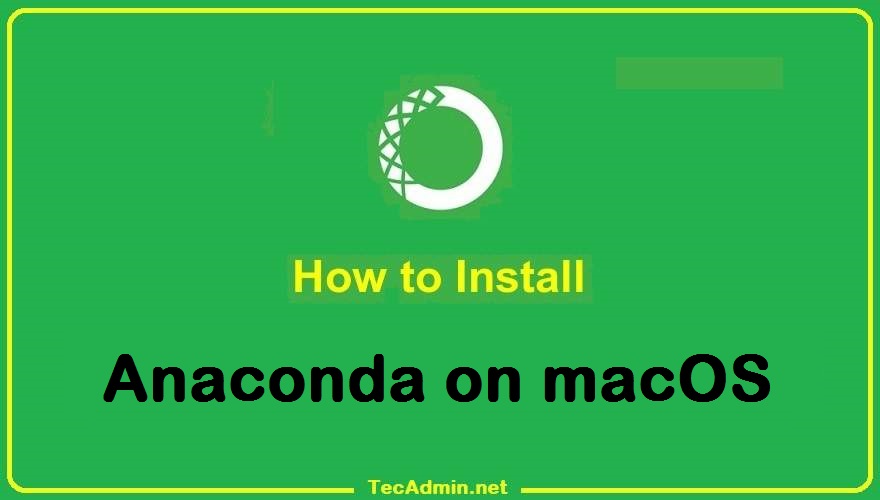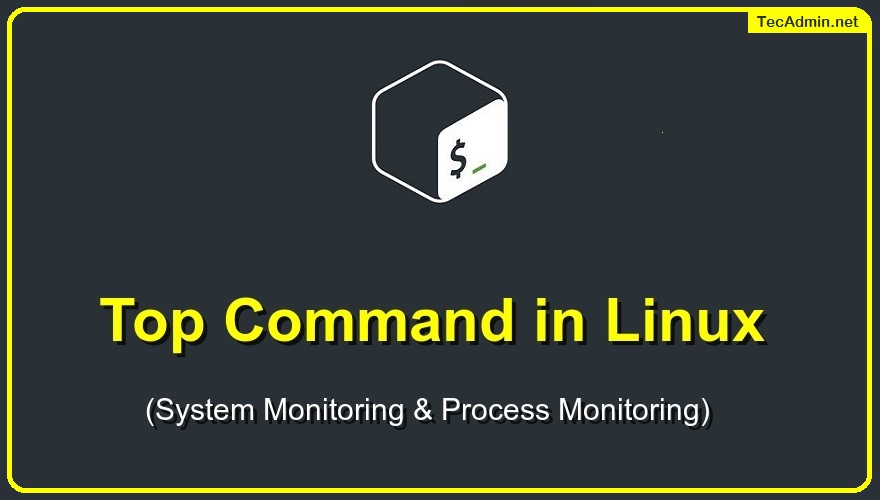Amazon Cognito is a user identity and access management solution that makes it easy for developers to create and manage user authentication, user data, and authorization for their mobile and web apps. In this article, we are going to see how you can create users in AWS Cognito using AWS CLI. Different services have different APIs so the syntax may be different than what you’re used to but don’t worry! We’ve got you covered with some great examples that are sure to get you up and running in no time. It’s super easy to get started with the AWS SDKs.…
Author: Rahul
Have you heard of the famous video chatting application? Since the beginning of the internet, we have seen many applications and websites for video chatting. Most of them are now obsolete and abandoned. Skype is a voice-calling app with video-calling functionality. If you are an avid user of the popular VoIP service, then this tutorial is for you! This article will help you install Skype on your Debian system with ease. Prerequisites A Ubuntu 22.04 system with Desktop Access. You must have sudo privileged account access to your system. How to Install Skype on Ubuntu 22.04 You can choose one…
The world is changing fast, and businesses need new ways to keep up. New technology is revolutionizing almost every industry, giving rise to artificial intelligence (AI) and its many applications. With AI, machines can now process data faster than ever before, recognize visuals with greater accuracy, and even respond to speech commands with increasing fluency. In the world of business, AI programs can make important decisions faster than a human could and tackle thousands of menial tasks at once. In this blog post, you will learn about the future of artificial intelligence and how it’ll change the way we work…
.NET Core is an open-source modular, cross-platform, and open-source framework developed and maintained by Microsoft that runs on Windows, Linux, and other operating systems. It was initially released as the new framework called ‘Core’. But, with the release of the ‘Core’ Framework, it got renamed as .NET Core. It is a lightweight and modular framework that can be used to build web applications and services, console applications, and even desktop applications. Now you can directly install the latest version of .NET Core on macOS from the OS itself. Let’s take a look at how you can install .NET Core on…
Anaconda is an open-source platform that is used for R programming and Python. That contains a large number of packages and repositories. It is important in its functionality as it provides processing and computing data on a large scale and also to program in python language. a The Anaconda provides an easily manageable environment for python applications. It provides a variety of tools for collecting data from various sources using machine learning and AI. With the help of Anaconda, we can deploy applications with a single button click. This blog post will help you to install and use the Anaconda…
The top command is a Linux command that displays real-time information about your computer’s processes. This information includes how much CPU and memory each process is using. The top command is very helpful when you want to troubleshoot problems with your computer or optimize its performance. While there are many different top commands that can be used on Linux, the most common are ps, netstat, lsof, vmstat, and htop. These top commands can be used to view information about your computer’s processes, view information about your computer’s network connections, view information about open files and the processes that are using…
The Linux date command displays the current date and time of the system. While writing the shell scripts, I realise that sometimes we are required to find future dates—for example, dates after 10 days, 2 months, or 1 year, etc. The date command provides an option to display the future dates as described. -d, –date=STRING display time described by STRING, not ‘now’ Let’s understand this with some examples: Display current date: Simply type “date” to display the current date and time of system. date Thu Sep 22 03:58:36 UTC 2022 Date after 10 days: What will be the date after…
The pathlib module offers classes representing filesystem paths with semantics appropriate for different operating systems. We can create nested directory structure suing pathlib.Path.mkdir function in Python. On Linux:
1 2 | from pathlib import Path Path("/dir1/dir2/dir3").mkdir(parents=True, exist_ok=True) |
On Windows:
1 2 | from pathlib import Path Path("C:\\dir1\\dir2\\dir3").mkdir(parents=True, exist_ok=True) |
Here: parents=True: instruct to create parent directories if not available. exist_ok=True: Do not throw an error if a directory already exists. Execute the above Python script and checked for the newly created directory tree. /dir1 └── dir2 └── dir3
As a beginner in Linux, you may have noticed that some files and directories in your file system are not visible when using the standard “ls” command. These files and directories are known as hidden files and are prefixed with a dot (.) character. In this guide, we will take a closer look at hidden files in Linux and how to manipulate them. First, it’s important to understand that hidden files are not a special type of file in Linux. They are simply regular files and directories that have been given a special name to make them hidden. The dot…
The Python virtual environment provides a command “deactivate” to go back to normal. Once the virtualenv is activated, you simply run the below command to deactivate the environment and get the original shell back. deactivate In the case of using “Anaconda” run the following command to deactivate the conda environment. conda deactivate Reference: https://docs.python.org/3/library/venv.html

